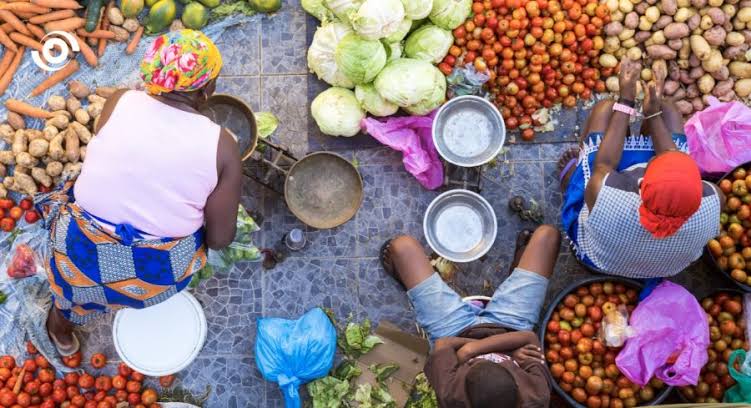Kogi State, one of Nigeria’s food-producing states, had the highest food inflation in January 2024 with prices of food rising by 44.2 per cent in the last year.
While inflation came in at 29.90 per cent in the month under review, the food inflation rate in January 2024 was 35.41 per cent on a year-on-year basis, which was 11.1 per cent higher than the 24.32 per cent recorded in January 2023.
The National Bureau of Statistics (NBS) said the rise in food inflation was caused by increases in prices of bread and cereals, potatoes, yam and other tubers, oil and fat, fish, meat, fruit, coffee, tea, and cocoa.
On a month-on-month basis, the food inflation rate in January 2024 was 3.21 per cent, this was 0.49 per cent higher compared to the rate recorded in December 2023 (2.72 per cent).
The rise in the food inflation on a month-on-month basis was caused by a rise in the rate of increase in the average prices of potatoes, yam & other tubers, bread and cereals, fish, meat, tobacco, and vegetable.
The average annual rate of food inflation for the twelve months ending January 2024 over the previous twelve-month average was 28.91 per cent, which was a 7.38 per cent point increase from the average annual rate of change recorded in January 2023(21.53 per cent).
Kogi, which is in proximity to Benue, Nigeria’s leading food producer and itself a producer of rice, cassava, cashews, and sesame seeds among others, in January 2024, posted the highest food inflation of 44.2 per cent.
“I initially assumed food was relatively cheaper then and now it’s trying to catch up, but that’s not the case,” a Kogi native based in Lagos told Business Post.
Following Kogi in the surge in food prices is Kwara at 40.9 per cent, and Rivers at 40.1 per cent, while Bauchi at 28.83 per cent, Adamawa at 29.8 per cent and Kano at 30.08 per cent recorded the slowest.
On a month-on-month basis, however, food inflation was highest in Ondo (4.7 per cent), Osun (4.6 per cent), and Edo (4.6 per cent), while Bayelsa (0.24 per cent), Yobe (0.97 per cent) and Ogun (1.44 per cent) recorded the slowest rise.
Despite its contribution to the economy, Nigeria’s agricultural sector faces many challenges which impact its productivity. These include; poor land tenure systems, low levels of irrigation farming, climate change and land degradation. Others are low technology, high production cost and poor distribution of inputs, limited financing, high post-harvest losses and poor access to markets.
These challenges have stifled agricultural productivity affecting the sector’s contribution to the country’s GDP as well as increased food imports due to population rise hence declining levels of food sufficiency.
Tackling food security has been a top priority of the Bola Tinubu-led administration. Some of the efforts that have been touted to include the formation of a commodity board, the closure of borders to stifle illegal exports to bordering countries, as well as facilitation of loans to farmers.






